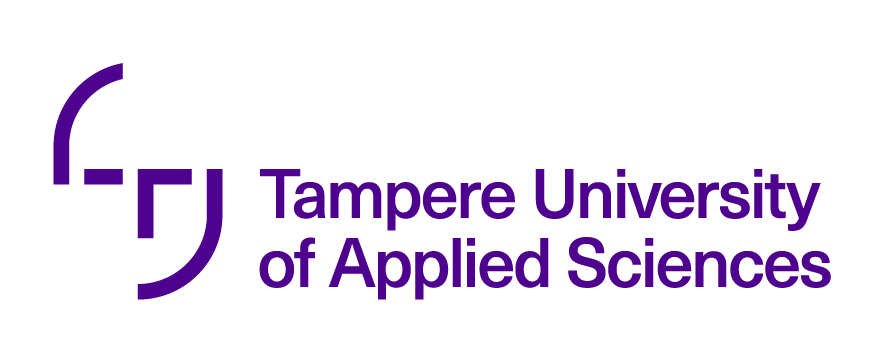

As digital tools and smart technologies become part of our daily routines, it is important that no one gets left behind, especially senior citizens. That is where the MediaRoboLit 65+ project comes in. Funded by the Academy of Finland, the project focuses on helping seniors build confidence in navigating today’s media landscape and emerging digital tools and technologies, including robots. A key part of this initiative involved interaction with social robots, including Furhat, where participants had the chance to ask questions, test out features, and see what these machines can really do in a friendly, relaxed setting.
Tampere University of Applied Sciences (TAMK) is a practical, multidisciplinary institution with around 10,000 students. As part of the Tampere Universities community, it focuses on real-world innovation in fields like technology, health, and business. As part of TAMK, the RoboStudio is a multidisciplinary co-learning space dedicated to the research and development of social robotics. The studio is home to various social robots, including Furhat, each serving different roles in research and user experience studies.
As part of the MediaRoboLit 65+ project, TAMK students introduced Furhat to groups of seniors from different parts of Finland, including visits to Sámi communities. During interactive sessions, participants asked Furhat all kinds of questions, from “What do you eat?” to more unusual ones like “What is the angels’ language?” While Furhat didn’t always have the perfect answer, the conversations sparked laughter, curiosity, and a lot of genuine interest.
In Sámi communities, the discussion went even deeper, touching on how robots and AI might one day support indigenous languages and the possibilities it could open up. Furhat’s ability to express emotions and respond naturally made the experience feel engaging and human, not just like interacting with a machine.
By opening the door to these kinds of interactions, the project is helping break down barriers and build digital confidence and technological literacy. It shows that robots are not just for tech experts, they can be meaningful, approachable tools for everyone.

